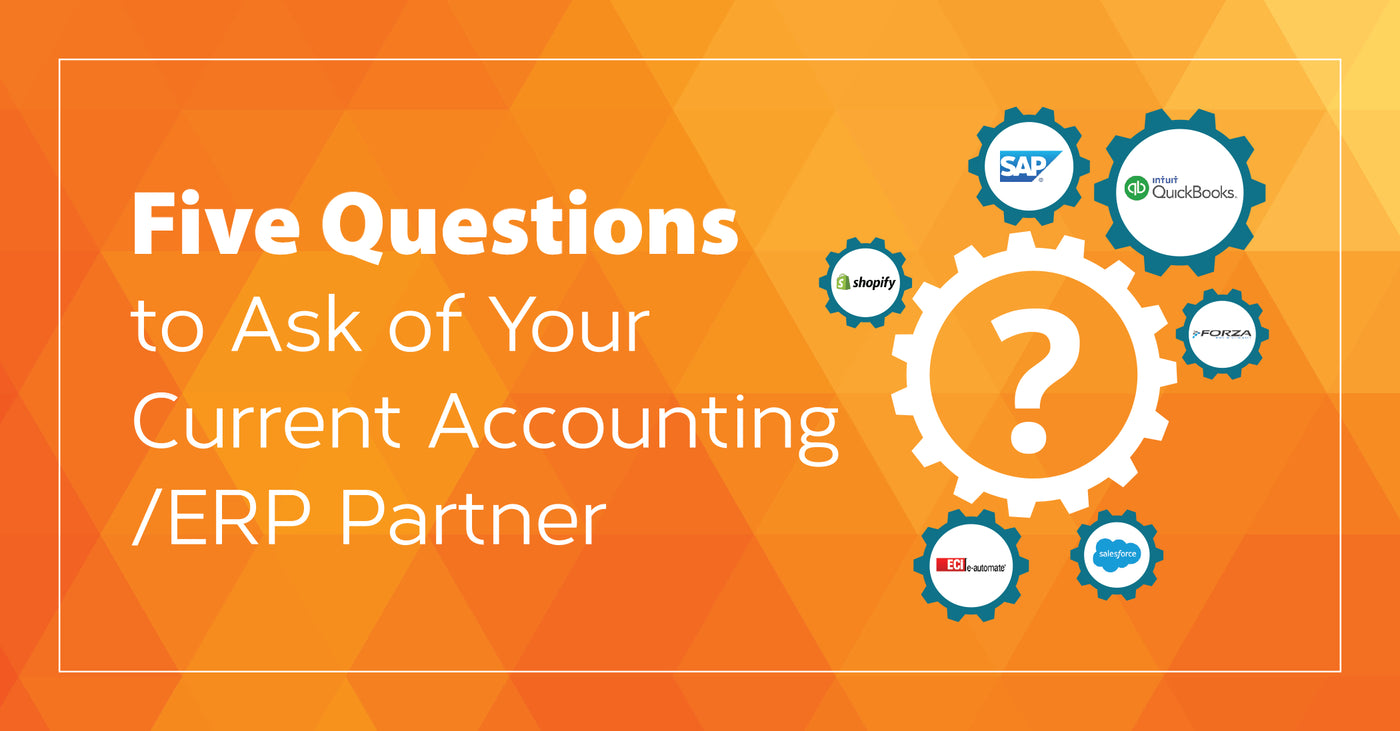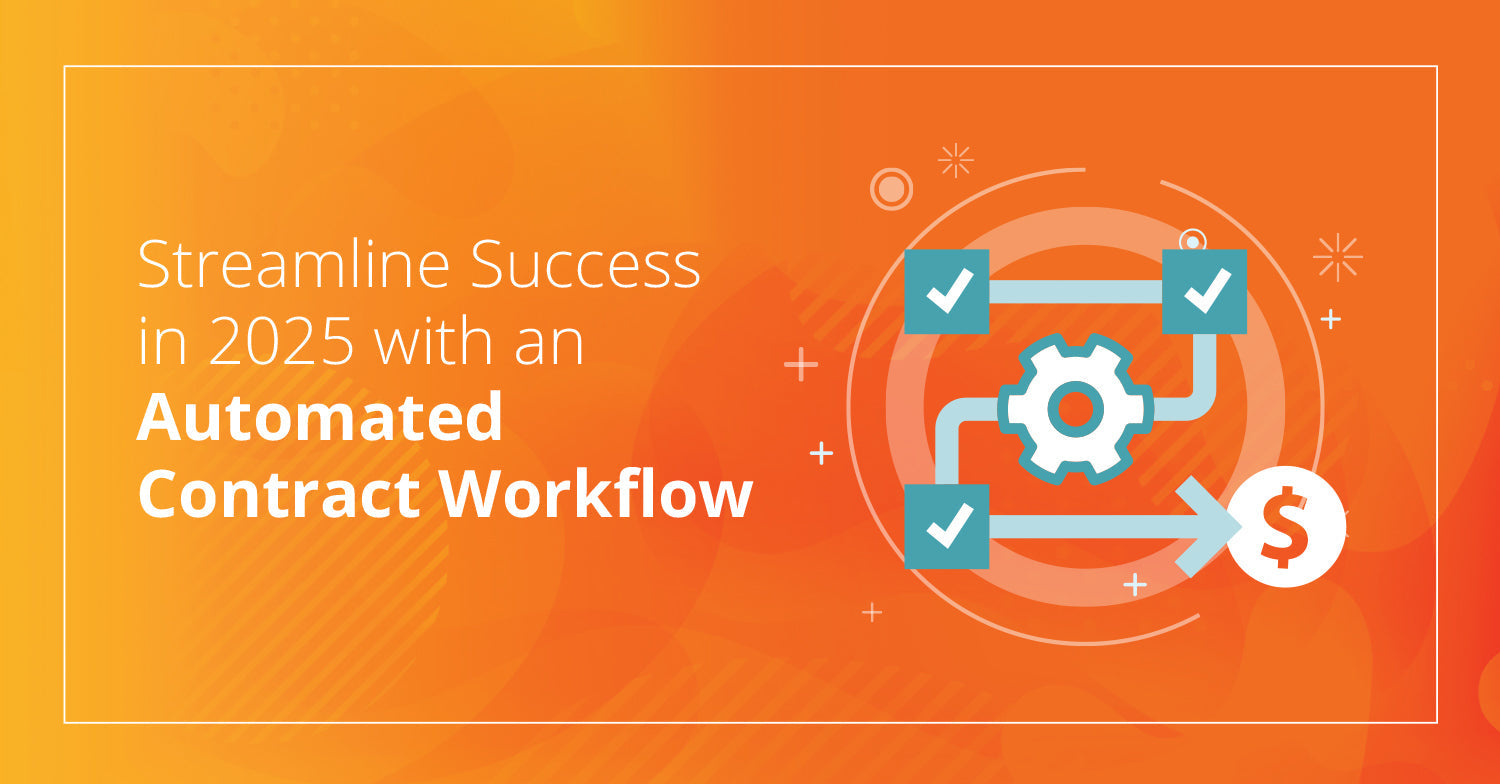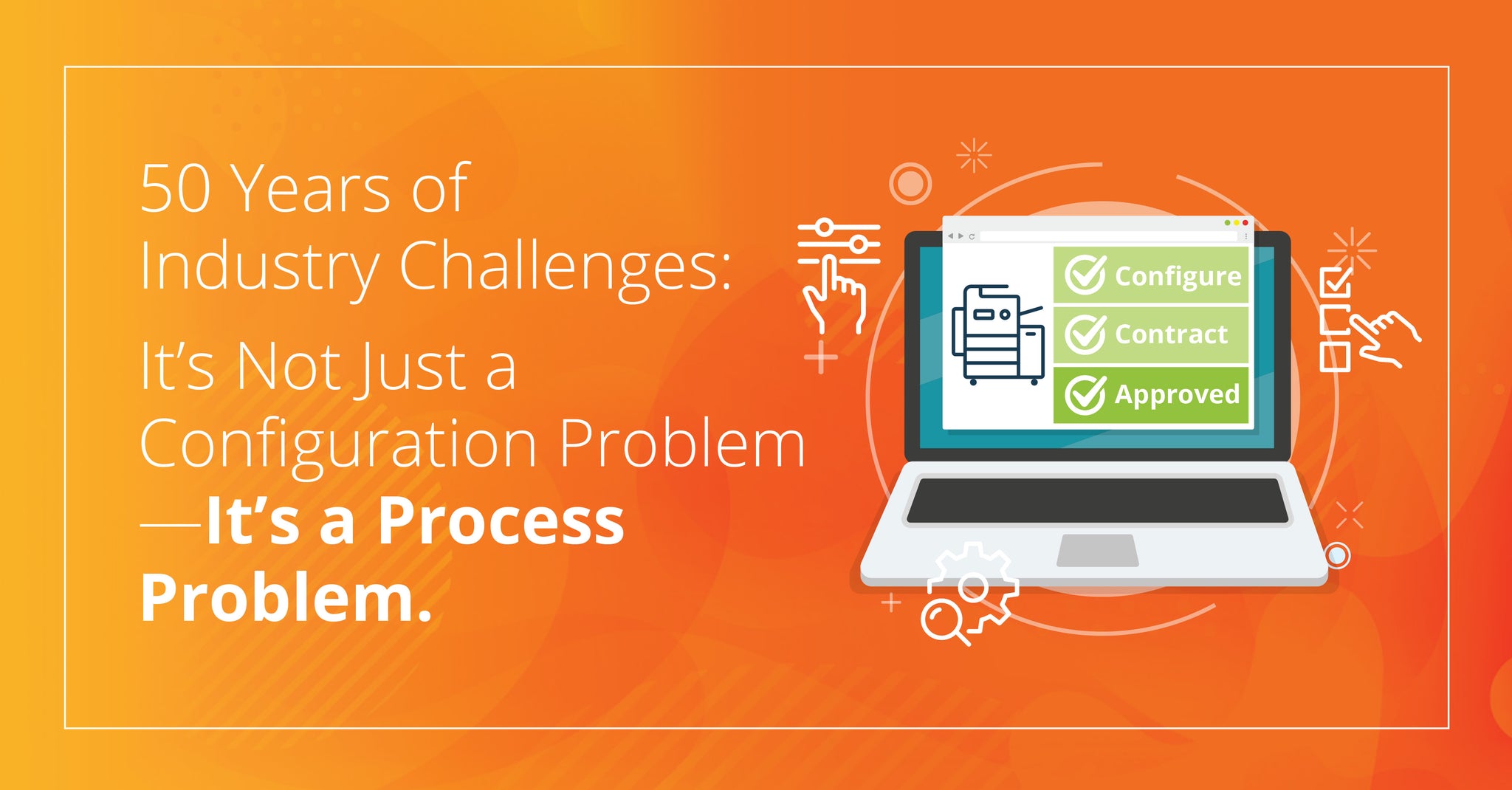With the Recent Konica Acquisition of MWAi, Office Equipment Dealers Should Review Their Current Back Office Software Needs. Here are the Questions I Would Ask.

With the recent Konica acquisition of MWAi, office equipment dealers should review their current needs.
A decade ago, many dealers migrated away from the likes of OMD to E-automate, with the promise of a more efficient process. The rationale was simple, an older system that was not updated was holding dealers back. We’re at that inflection point again. Here are some things to consider when it comes to evaluating your ERP/accounting system.
![]()
Your staff is comfortable with using an existing system, even if it is inefficient compared to other products. Switching systems is such a pain. QuickBooks and SAP certainly excel here. Auditors, chartered accountants, and even staff, are easy to find with experience in these systems, and training is readily available online. You won’t lose sleep over staff turnover when your system is based on industry standard architecture.
![]()
Most software companies have moved their system into the cloud—for good reasons! Updates happen seamlessly, backups are automatic, and it’s available 24/7 from anywhere, which supports a mobile workforce. There is no advantage to having your system running on a server in your facility.
![]()
The office printing industry was heavily reliant on reading meters and entering that data into your system (hopefully automated,) contract/asset management, and field service management. If you are planning on adding managed services to your portfolio, you need to continue managing these tasks, but also consider your approach to remote service, and managing non-print assets among other items. It’s entirely reasonable to ask your current provider what their roadmap looks like. If it doesn’t match your plan, then that disconnect will be an issue sooner or later.
![]()
In the office equipment industry, the biggest points of integration were often between your lease partner, your RMS system like PrintFleet, FM Audit or Print Audit, and maybe a CRM like Compass. As you move into managed IT services, Salesforce, HubSpot, Shopify (e-commerce) and broadline, distributors like Ingram, Synnex, and Tech Data become central to your business. Your ERP system is central to your business, so they should have an API or at the very least, a strong record of integrating with the rest of your business.
![]()
One mistake I see repeated is that companies try to overlay their older workflows on top of new technology. In the office equipment business, service and sales are the two biggest areas of concern. Face to face sales calls and onsite service are cornerstones of the office equipment business. They are legacy models when it comes to managed services. Onsite sales are of course still needed, but they are more like account management meetings vs. sign on the dotted line meetings. Device issues are remotely diagnosed and resolved.

Bring the Decision Making to the Here and Now
Changing your ERP is a painful experience. Having gone through it at least once, most office equipment dealers don’t welcome doing it again. I’m often asked if I can integrate with one system or another, a good example of this is QuickBooks. A quick online search produces their API so any developer can make their software system integrate. In the case of Shopify, our e-commerce platform, I did not even need to do that, because there were already 10+ apps that managed the integration, and their prices ranged from $5 to $20 per month.
If your accounting system is the bottleneck for your future growth plans, why put off the change?


